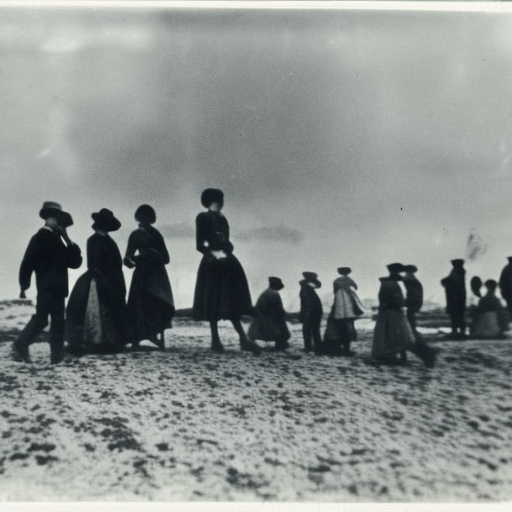The Irish Potato Famine (1845-1852)
The Irish Potato Famine, also known as the Great Famine or the Great Hunger, was a devastating period in Irish history that occurred between 1845 and 1852. It was a result of a potato blight that destroyed the main staple crop of the Irish population, leading to widespread famine, disease, and mass emigration.
Causes of the Famine
The primary cause of the Irish Potato Famine was the failure of the potato crop due to a fungal disease known as late blight. The potato was the main food source for the majority of the Irish population, especially the rural poor. The blight rapidly spread across Ireland, causing the potato plants to rot in the ground. The failure of the potato crop resulted in a severe food shortage, leading to widespread hunger and malnutrition.
Impact on the Irish Population
The impact of the famine on the Irish population was catastrophic. Approximately one million people died from starvation and diseases such as typhus and cholera. The population of Ireland, which was heavily dependent on the potato as a food source, was severely affected. Many people were forced to live in dire conditions, relying on soup kitchens and charity to survive.
Government Response
The British government’s response to the famine was widely criticized. Initially, they implemented a policy of laissez-faire, believing that the market would correct itself. However, as the situation worsened, the government established relief measures such as soup kitchens and workhouses. These efforts were insufficient to address the scale of the crisis, and many people were left without adequate assistance.
Mass Emigration
The famine triggered a mass exodus from Ireland, with hundreds of thousands of people emigrating to other countries, primarily the United States and Canada. This mass emigration had a profound impact on Irish society and culture, as well as on the countries they settled in. It also led to a significant decline in the population of Ireland, which took decades to recover.
Political and Social Consequences
The famine had significant political and social consequences in Ireland. It further strained the already tense relationship between the Irish people and the British government. Many Irish blamed the British for their inadequate response to the crisis and the policies that exacerbated the famine’s impact. The famine also fueled Irish nationalism and the desire for independence from British rule.
Long-term Effects
The Irish Potato Famine had long-lasting effects on Ireland. The agricultural system was fundamentally changed, as farmers shifted away from relying solely on potatoes and diversified their crops. The famine also led to land reform movements and increased support for Irish nationalism. Additionally, the memory of the famine and its impact on the Irish people has had a lasting cultural and emotional impact, shaping Irish identity and influencing literature, music, and art.
In conclusion, the Irish Potato Famine was a devastating period in Irish history that resulted in widespread famine, disease, and mass emigration. The failure of the potato crop due to a fungal disease caused immense suffering and loss of life. The British government’s response was inadequate, leading to further resentment and political tensions. The famine had long-term effects on Irish society, including changes in agriculture, increased support for nationalism, and a lasting cultural impact.












